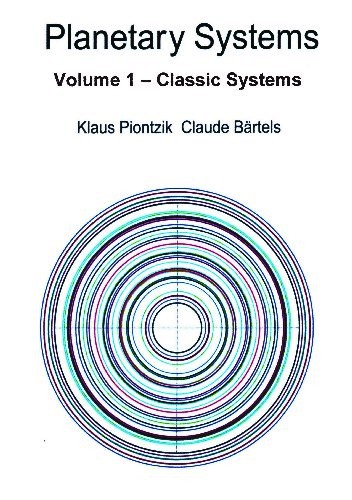| Copyright © Klaus Piontzik | ||
| German Version |
 |
The corner points of the polyhedrons lie on the enveloping sphere. All edges are transferred to the ball surface. In contrast to all other planetary systems lines with finite lengths occur here, due to the structure of the polyhedron. |
| Illustration 1.2.4 – polyhedron in cross section |
 |
You can project the edges or corners of the polyhedron on the enveloping ball.The best way is to depict all corners of a polyhedron as intersections of circle of latitude and meridians, such like the geographical system. |
| Illustration 1.2.5 – grid forming |
| The points of intersection of the
resulting grid correspond to the corners of the
polyhedron. And the edges of the polyhedron are usually
on the circles of lati-tude or meridians. The octahedron is the only platonic solid in which all edges of the polyhedron and grid lines fully match. The grid is used by three, each perpendicular on each other standing circles formed. As a result, the spherical surface is decomposed into eight equal parts. The cube has a decomposition which is formed by four circles and also forms a symmetrical grid. All horizontal edges of the cube are identical with the circles of latitude. All vertical edges of the cube are included with the meridians as parts. The tetrahedron has the same separation as the cube, a tetrahedron can be represented as an inside body of a cube. Edges of the polyhedron occur but they are not directly represented in the coordinate system. Another possibility for the tetrahedron is to see this as a triangular pyramid. So one would get three meridians, and a parallel, but also an irregular grid. Also the icosahedron provides a regular grid with five meridians and two circles of latitude. Edges of the polyhedron occur, but that are not directly represented in the coordinate system. . Only the dodecahedron builds irregular distances with five meridians and four circles of latitude. All together the following statement can be formulated: |
| 1.2.2 - Theorem: | Polyhedron
<=> Grid Polyhedrons are equivalent to grids on a ball surface |

|
200 sides, 23 of them in color 154 pictures 38 tables Production und Publishing: ISBN 978-3-7357-3854-7 Price: 25 Euro |